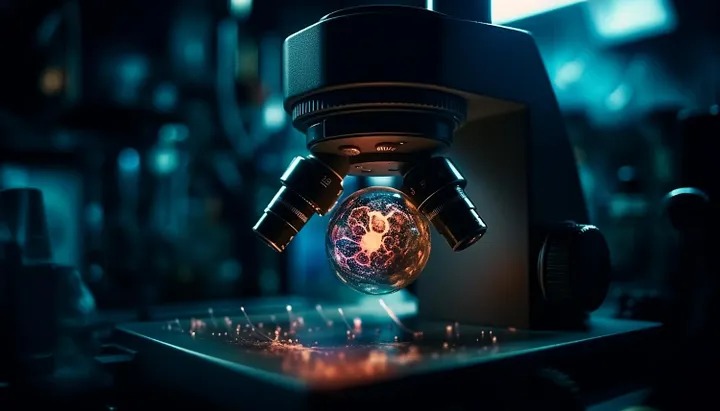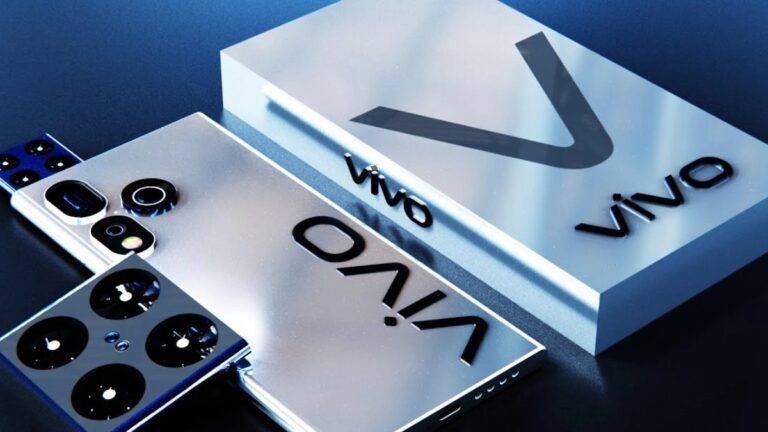Introduction:
In the vast field of nanotechnology, the top-down approach stands as a fundamental methodology for manipulating and engineering materials at the atomic and molecular levels. This innovative technique involves the creation and manipulation of nanostructures by starting from larger materials and gradually reducing their size. In this article, we will delve into the intricacies of the top-down approach in nanotechnology, exploring its applications, advantages, nanostructure techniques, and implications.
1. Understanding the Top-Down Approach:
The top-down approach involves the fabrication of nanostructures by starting with larger materials and gradually reducing their size through various techniques.
- Definition:
- The top-down approach refers to the process of reducing the size of materials from macroscopic to nanoscale dimensions.
- Methodology:
- Techniques such as lithography, etching, and milling are used to carve out nanostructures from larger materials.
2. Fabrication Techniques: Nanostructure Techniques
Nanostructure Techniques serve several fabrication techniques employed in the top-down approach to create nanostructures with precise control and accuracy.
- Lithography:
- Photolithography and electron beam lithography are common techniques used to pattern surfaces with nanoscale features.
- Milling:
- Mechanical milling techniques involve the use of milling tools to carve out nanostructures from bulk materials.

3. Advantages of the Top-Down Approach:
The top-down approach offers several advantages, making it a preferred method for nanofabrication in many applications.
- Scalability:
- The top-down approach allows for the fabrication of nanostructures on a large scale, making it suitable for industrial applications.
- Precision:
- Fabrication techniques in the top-down approach offer precise control over the size, shape, and arrangement of nanostructures.
- Compatibility:
- Top-down fabrication techniques are compatible with a wide range of materials, including semiconductors, metals, and polymers.
4. Applications in Nanotechnology:
The top-down approach finds diverse applications across various fields, from electronics and medicine to materials science and energy.
- Electronics:
- Nanofabrication techniques are used to create nanoscale electronic devices such as transistors, sensors, and memory storage devices.
- Medicine:
- Nanostructured materials are employed in drug delivery systems, diagnostic tools, and tissue engineering applications.
- Materials Science:
- Nanotechnology enables the development of novel materials with tailored properties for applications in coatings, catalysis, and energy storage.
5. Implications for Future Technologies:
The top-down approach in nanotechnology holds significant implications for the development of future technologies and innovations.
- Miniaturization:
- The ability to fabricate nanostructures with precise control enables the miniaturization of devices and systems, leading to more compact and efficient technologies.
- Integration:
- Nanostructures fabricated using the top-down approach can be integrated into existing manufacturing processes, paving the way for new applications and functionalities.
- Advancements:
- Continued advancements in nanofabrication techniques will drive further innovation in fields such as electronics, healthcare, and renewable energy.
6. Challenges and Considerations: Nanostructure Techniques
Despite its advantages, the top-down approach in nanotechnology also presents challenges and considerations that must be addressed.
- Resolution:
- Achieving high-resolution patterning at the nanoscale requires advanced fabrication techniques and equipment.
- Cost:
- The cost of equipment and materials for top-down nanofabrication can be prohibitive, particularly for small-scale research and development efforts.
- Environmental Impact:
- The environmental impact of nanofabrication processes, such as waste generation and energy consumption, requires careful consideration and mitigation strategies.
7. Innovations and Research Directions:
Ongoing research efforts aim to overcome challenges and push the boundaries of the top-down approach in nanotechnology.
- Nanomaterials:
- Researchers are exploring novel nanomaterials and fabrication techniques to expand the capabilities of the top-down approach.
- Multidisciplinary Collaboration:
- Collaborative efforts between researchers in nanotechnology, materials science, chemistry, and engineering are driving interdisciplinary innovations.

8. Education and Training Initiatives:
Education and training programs play a crucial role in preparing the next generation of scientists and engineers in the field of nanotechnology.
- Curriculum Development:
- Universities and research institutions are incorporating nanotechnology education into science, engineering, and technology curricula.
- Hands-on Experience:
- Hands-on laboratory experiences and research opportunities provide students with practical skills and knowledge in nanofabrication techniques.
- Workforce Development:
- Training programs and workshops aim to equip professionals with the skills and expertise needed to excel in nanotechnology-related industries.
9. Regulatory and Ethical Considerations:
As nanotechnology continues to advance, regulatory and ethical considerations become increasingly important.
- Safety:
- Ensuring the safety of nanomaterials and nanotechnology applications is paramount to protecting human health and the environment.
- Ethics:
- Ethical considerations related to privacy, security, and societal impact must be addressed to promote responsible and equitable use of nanotechnology.
- Regulation:
- Regulatory frameworks and standards are being developed to govern.
- The use of nanotechnology and ensuring compliance with safety and ethical
10. Future Prospects and Technological Integration:
The top-down approach in nanotechnology holds promising prospects for future technological advancements and integration into various industries.
- Emerging Technologies:
- Nanofabrication techniques are poised to play a pivotal role in emerging technologies such as quantum computing, photonics, and nanomedicine.
- Cross-Sector Collaboration:
- Collaborative efforts between academia, industry, and government foster innovation and accelerate the integration of nanotechnology into diverse sectors.
- Commercialization Opportunities:
- The translation of research findings into commercial products and applications opens up new avenues for economic growth and societal impact.
Conclusion: Nanostructure Techniques
The top-down approach in nanotechnology represents a cornerstone of modern engineering, enabling the manipulation and fabrication of nanostructures with unparalleled precision and control. As we traverse the nanoscale landscape, this innovative methodology opens doors to transformative applications across diverse industries, from electronics and healthcare to materials science and beyond. With its scalability, versatility, and potential for innovation, the top-down approach continues to drive advancements in nanotechnology, shaping the future of technology and engineering.

FAQ: Frequently Asked Questions
Q1: What are the key advantages of the top-down approach in nanotechnology?
- A1: The top-down approach offers scalability, precision, and compatibility, making it suitable for large-scale nanofabrication, precise control over nanostructure size and shape, and compatibility with a wide range of materials.
Q2: How does the top-down approach contribute to technological innovation?
- A3: The top-down approach drives innovation by enabling the miniaturization of devices, and integration into existing manufacturing processes.
- And advancements in emerging fields such as quantum computing, photonics, and nanomedicine.
Q3: What are the prospects for the top-down approach in nanotechnology?
- A4: Prospects include technological convergence, cross-sector collaboration, commercialization opportunities, and societal impact through solutions.
- To complex challenges in healthcare, energy, and environmental sustainability.
Q4: How can policymakers and educators support the advancement of the top-down approach?
- A5: Policymakers can develop strategic frameworks and initiatives to support research, development, and deployment. while educators can raise awareness and foster scientific literacy through education and public awareness initiatives.
Q5: What role does interdisciplinary collaboration play in nanotechnology research and development?
- A6: Interdisciplinary collaboration between academia, industry, and government fosters innovation and accelerates the integration of nanotechnology into diverse sectors.
- Leading to cross-disciplinary solutions and technological convergence.




Hello to every body, it’s my first pay a visit
of this weblog; this weblog consists of amazing and really fine information in support of visitors.
Here is my web page – acheter clarityn sans risque France